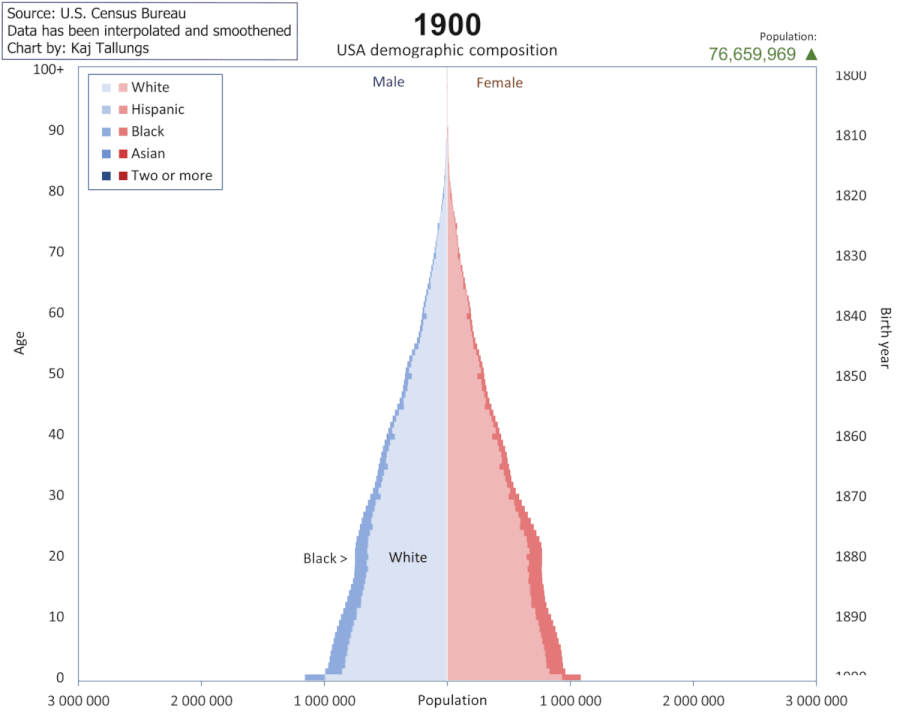
A population pyramid is a basic presentation in demography, the study of populations. By convention, it divides a population by sex (not gender; that’s something else) and uses stacked bars to show the number of people in a population by age and sex. Since there are almost always more young people than old—more are born each year than die, and dead people are removed from the stack—the pyramid is usually larger at the bottom than at the top.
A significant disaster—such as war, plague, or an environmental crisis—can leave a hole that moves up the pyramid over time. The Soviet Union's losses in WWII left a scar that would last for generations.
The Demographic Transition
Economic development, by improving the odds…
Keep reading with a 7-day free trial
Subscribe to World Security and Global Political Economy to keep reading this post and get 7 days of free access to the full post archives.


